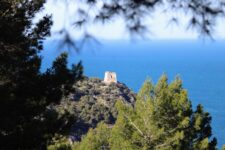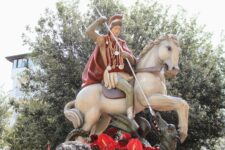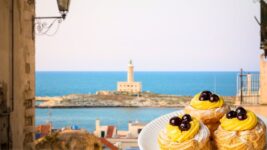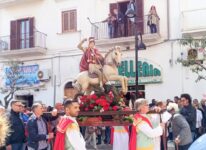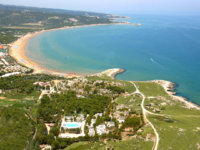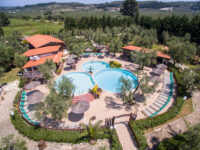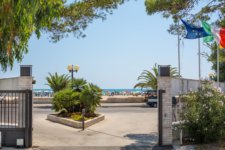Traditions and celebrations related to the cult of the dead take place all over the world between October 31st and November 2nd, among which we have the famous Halloween night, a celebration mistakenly believed to have American origins.
Actually Halloween is nothing more than “All Hallows' Eve” which translated means “Night of all saints”, i.e. the eve of All Saints, celebrated on November 1st.
The Feast of All Saints was officially established by the Church in the year 840, under Gregory IV, in continuity with the pagan feast of Halloween, the Celtic New Year, and the Roman festival of Parentalia.
The party, particularly felt by the Irish immigrants, was spread with particular success in the United States from where it entered the international collective imagination, with the decorations made with pumpkin, seasonal vegetables and sweets to give to children dressed up as monstrous creatures.
The Stocking of the Dead
Even in southern Italy, and in particular on the Gargano, the night between November 1st and 2nd takes on a special importance, with traditions always linked to children and sweets.
In fact, the custom still survives of the “Stocking of the Dead", which has many similarities with the feast of the Epiphany, which is replacing this tradition of "cavzett de l'anème'i mùrte".
On this occasion, the souls of the dead return to visit their loved ones and leave gifts for the children in a stocking. In ancient times, stockings were filled with seasonal fruit such as pomegranates, walnuts, almonds, chestnuts, dried figs, tangerines for better children, today fruit has given way to sweets in the contemporary era.
The Grain of the Dead, the Cocce Priatorje, Demetra and the cycle of nature
Another custom linked to these festivities is the "grain of the dead", a sweet dish typical of the province of Foggia, called in dialect "Cice cuotte" "cooked corn".
This prescription has boiled wheat as its basis and the pomegranate has a strong symbolic value of rebirth connected to the cult of goddess of wheat Demeter (Ceres for the Romans), probably also present in Vieste in ancient times on which it is later the Christian cult of the Madonna was grafted.
This dish was left in homage to the souls of the deceased as a good omen.
According to pagan tradition, Persephone, daughter of Demeter, was kidnapped by Hades/Pluto and could not return from the realm of the underworld for having eaten pomegranate seeds: whoever eats while in the realm of the dead can never return to that of the dead. alive. Demeter, desperate for losing her daughter, stopped growing grain causing the earth to fall into a long unproductive winter. Seeing that Persephone had eaten only six pomegranate grains, Zeus decided that the girl would spend six months in the realm of the dead and six in the realm of the living, during which time her mother Demeter, happy to have her daughter by her side, made nature flourish and sprout the wheat fields.
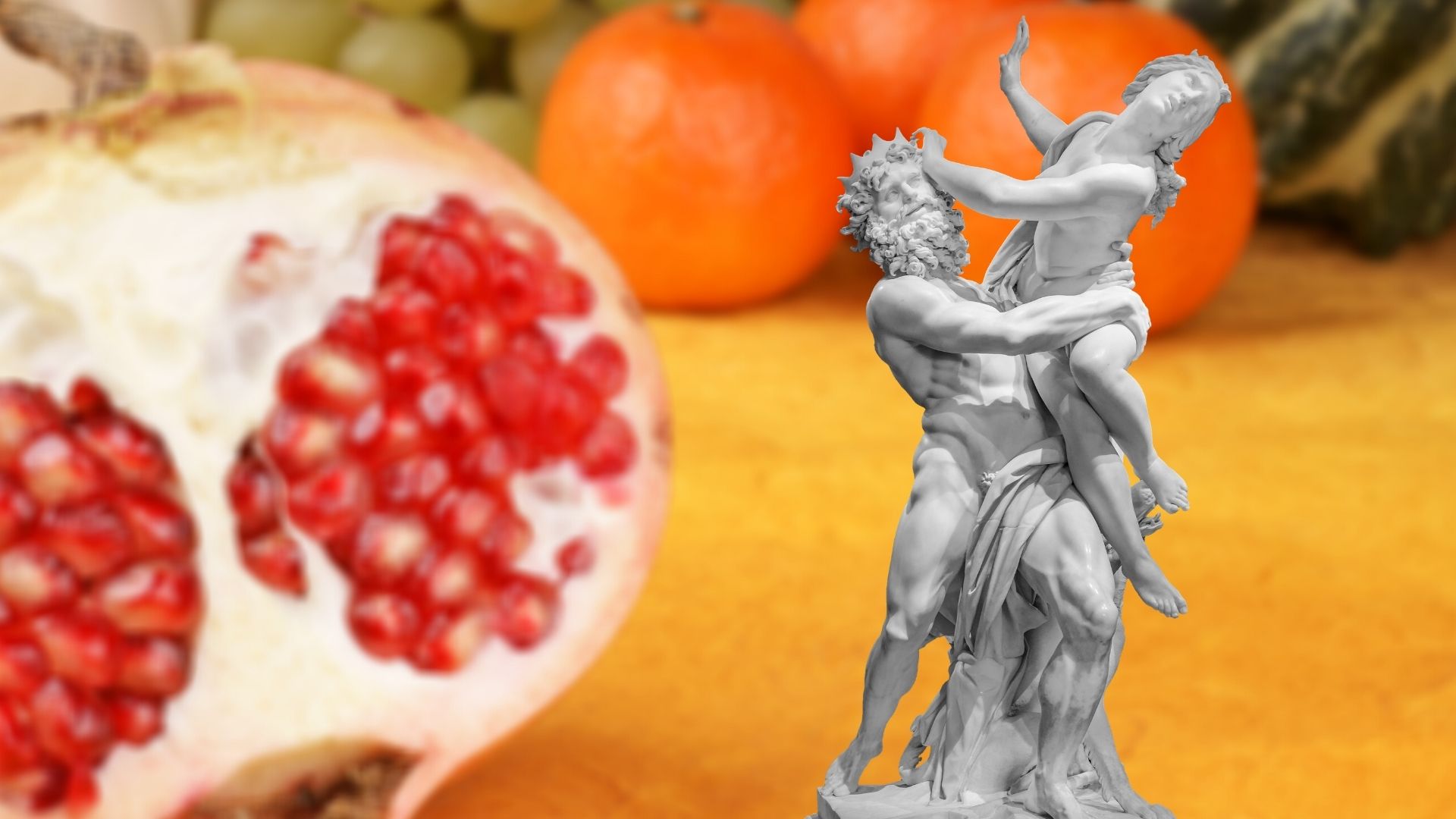
Even in other villages in the area there are traditions linked to the cult of the dead: in Orsara di Puglia, in the province of Foggia, November 1st is the night of the "Fucacoste and Cocce Priatorje“. During this event tables are set up outside the houses and food is shared in the village illuminated by bonfires and candles made with carved pumpkins in order to represent "the heads of the souls in purgatory".

Traditions that travel through time
All these traditions have a strong symbolic component in common: an exchange of gifts between the kingdom of the gods Vivi and that of the deaths what to do with the end of the agricultural natural cycle and the approach of winter.
At this juncture the children, who symbolize the new life, and the soul of the ancestors reliving through them in a infinite cycle that continues between generations, exactly like an ancient tradition that evolves by adapting and handing itself down through places and through time.
Even if at a more superficial glance it may seem only a consumerist holiday, Halloween too, in a certain sense, is part of the cultural heritage of southern Italy, Puglia and Vieste.

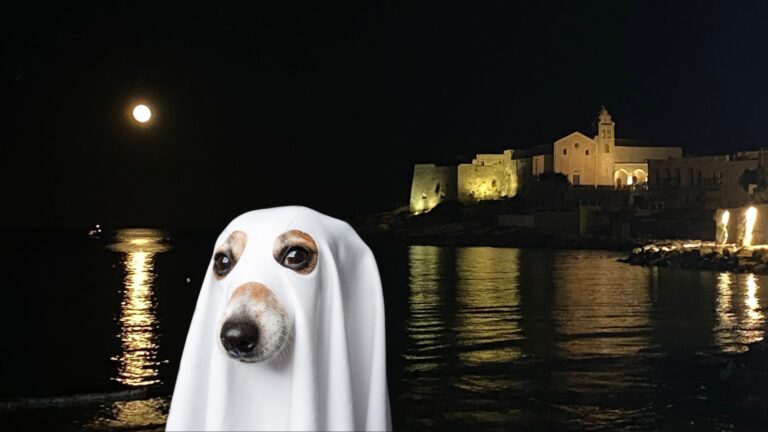
 Turismovieste.it is created by
Turismovieste.it is created by 
